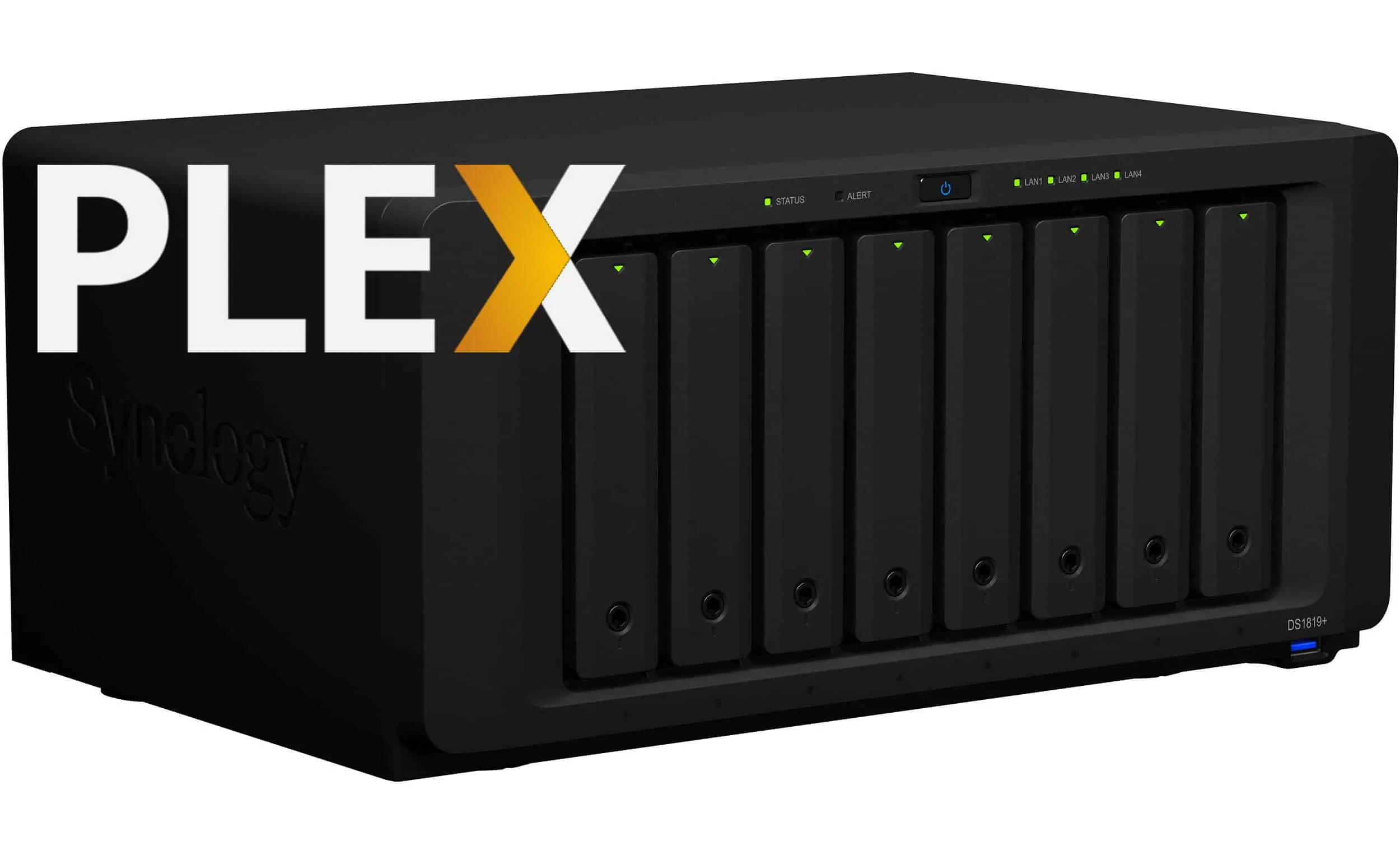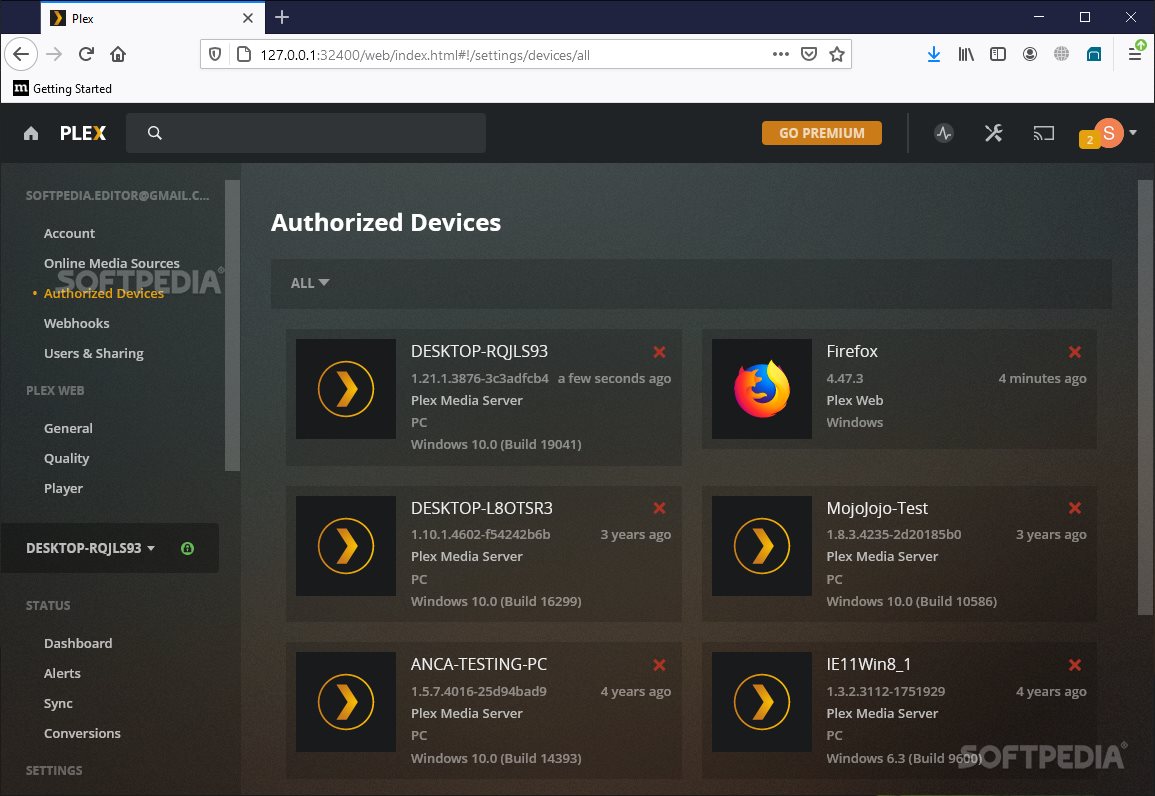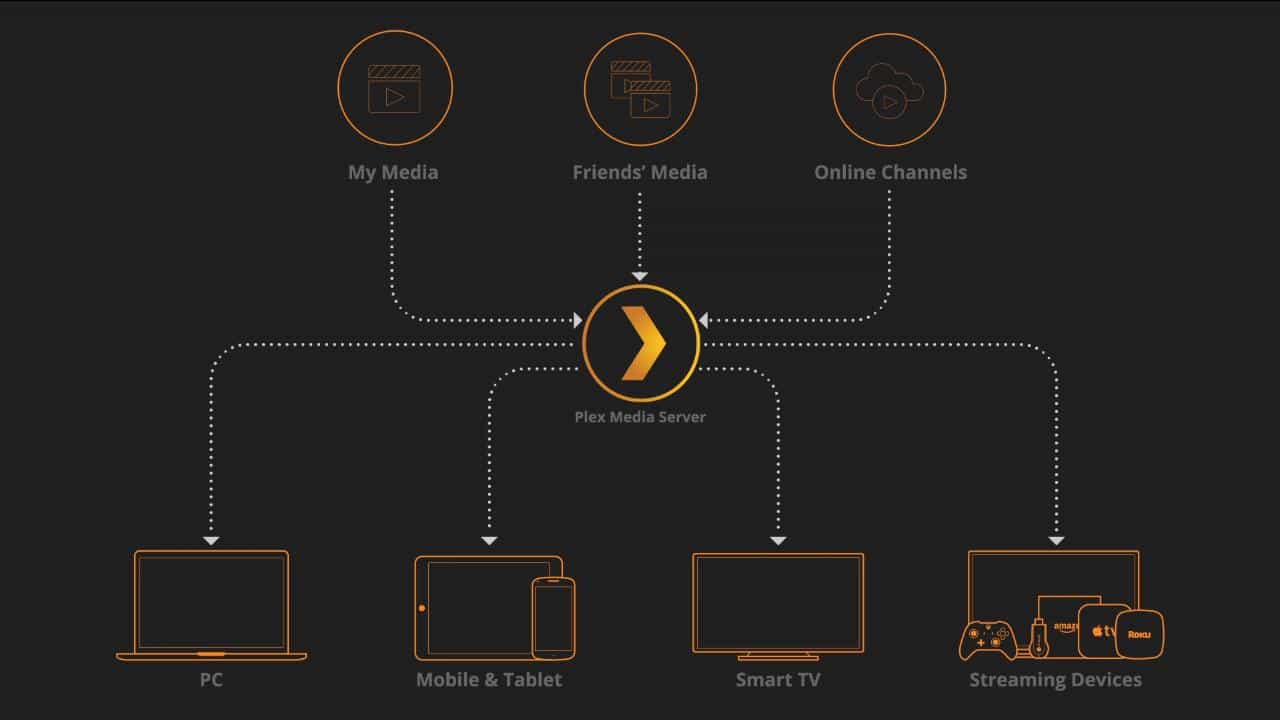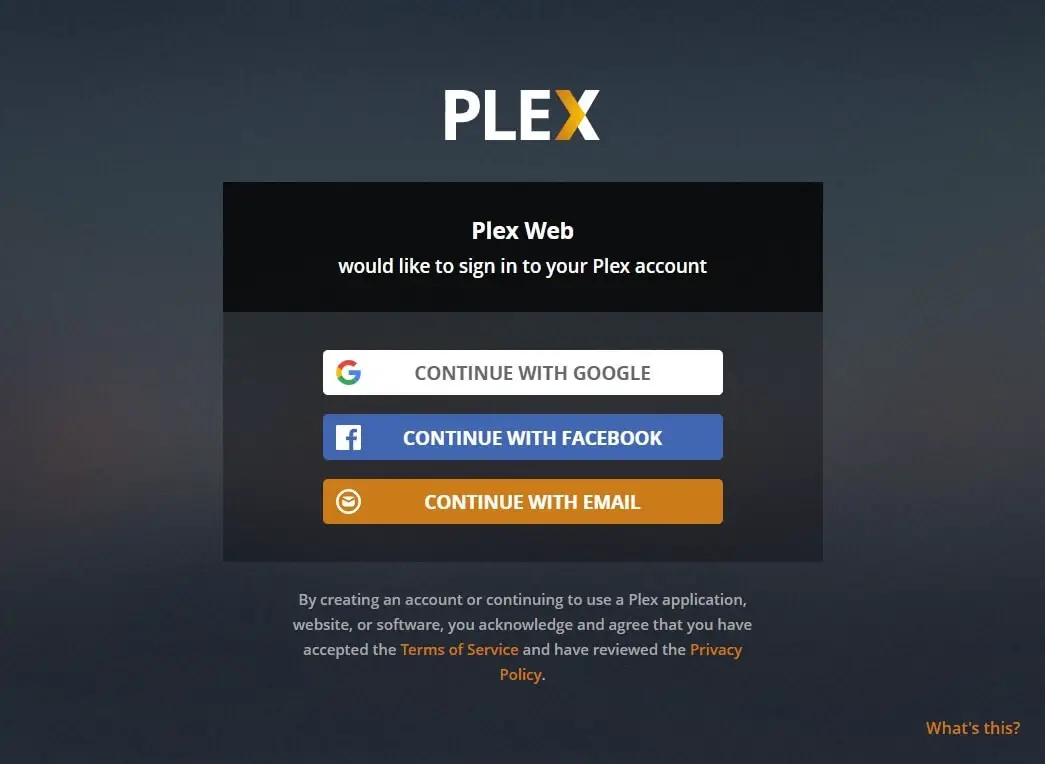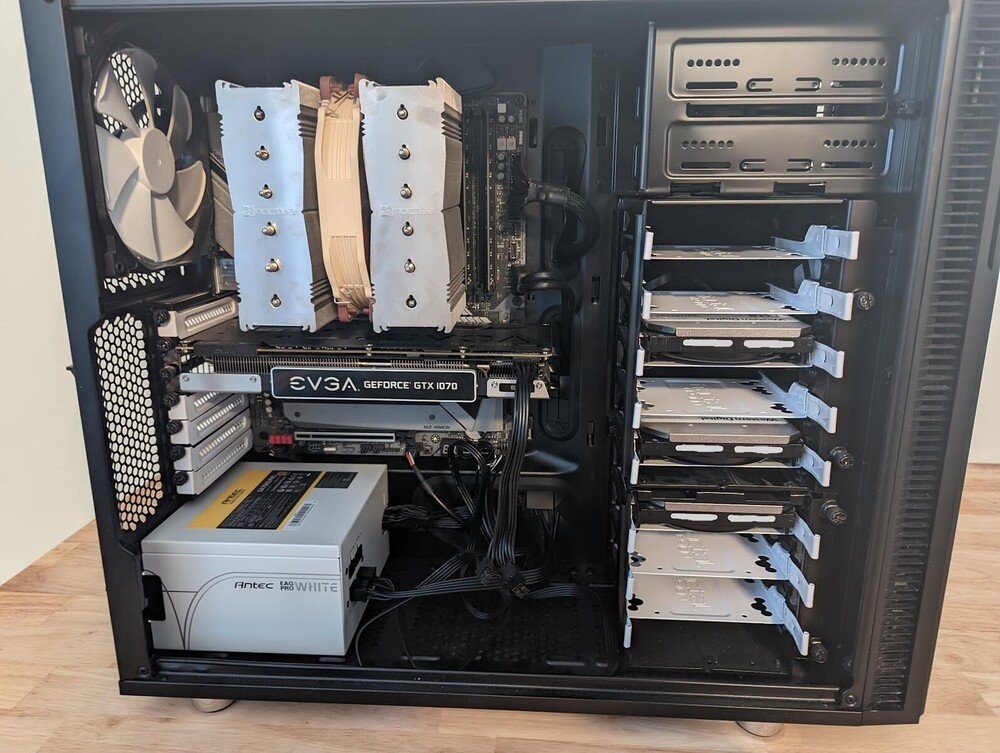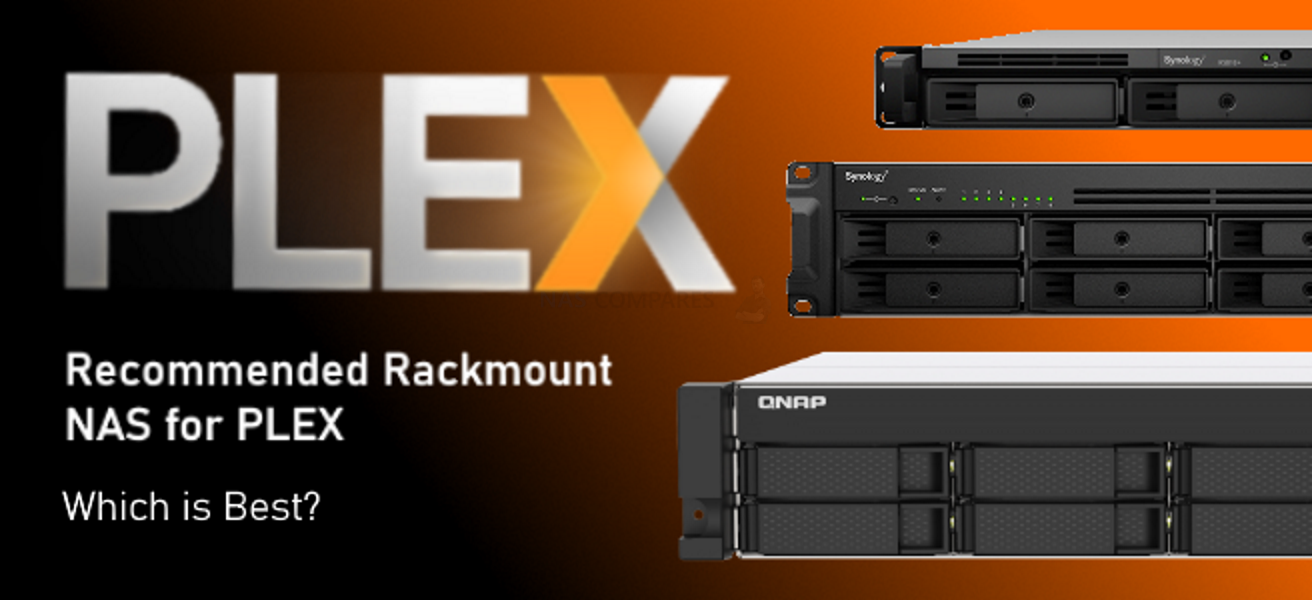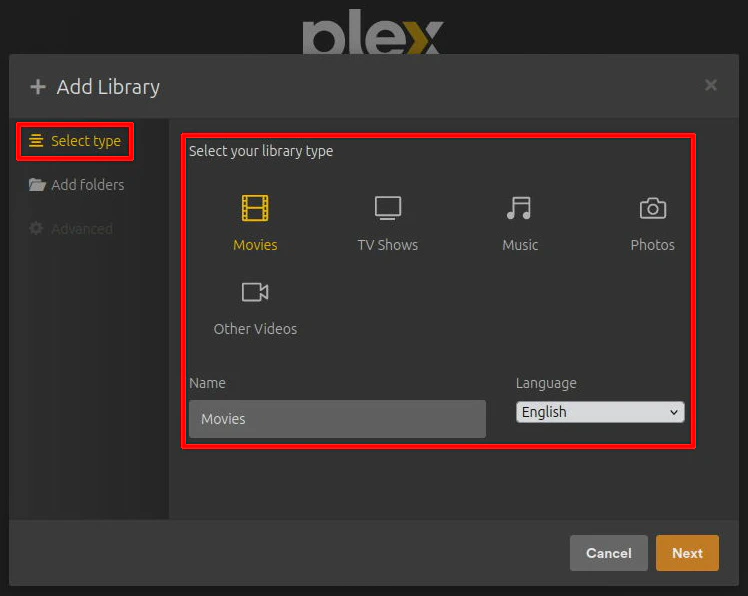Best Plex Media Server Build

Stop throwing money at expensive pre-built media servers! If you're a movie buff, a TV show addict, or just someone with a growing digital library, you know the struggle. Building your own Plex Media Server doesn't have to break the bank. We're diving deep into the world of budget-friendly server builds, specifically for the cost-conscious streamer.
Why Build Your Own Plex Server (Especially When You're on a Budget)?
Pre-built servers often come with hefty price tags and unnecessary features. Building your own allows you to tailor the hardware to your specific needs. This means maximizing performance for your Plex setup without emptying your wallet.
Target Audience
This guide is for the frugal filmmaker, the penny-pinching programmer, and anyone who wants to enjoy their media collection without burning a hole in their pocket. We're talking about maximum value, minimum expense, and getting the most bang for your buck. If you enjoy the occasional DIY project, even better!
Bargain-Bin Builds: Our Top Picks
Here's a shortlist of server builds catering to different levels of frugality. We’ll cover everything from repurposing old hardware to building a dedicated server on a shoestring budget. Each option prioritizes affordability and performance.
- The "Frankenstein" Build (Under $100): Reusing old PC parts you already have.
- The Raspberry Pi Revolution (Under $150): A low-power, efficient option for smaller libraries.
- The Budget Beast (Under $300): A dedicated server built with carefully selected, cost-effective components.
Detailed Reviews: Diving into the Specs
The "Frankenstein" Build: Breathing Life into Old Hardware
Got an old desktop gathering dust? This is your chance to resurrect it! An old Intel Core i3 or AMD Athlon processor with at least 4GB of RAM can be a surprisingly capable Plex server. Just wipe the drive, install a lightweight operating system like Ubuntu Server, and you're good to go. Remember to check if your old hardware supports hardware transcoding.
The Raspberry Pi Revolution: Tiny Server, Mighty Performance
The Raspberry Pi 4 is a fantastic option for smaller media libraries. Its low power consumption is a huge plus, and it can handle 1080p transcoding with ease. The Raspberry Pi 4 can be easily bought at a relatively low price and can be the backbone of your media center. You’ll also need an SD card for the operating system and a separate external hard drive for your media.
The Budget Beast: A Dedicated Server on a Shoestring
This build involves buying new components, but we're still keeping costs down. Look for a used Intel Core i5 or AMD Ryzen 3 processor. Pair it with 8GB of RAM, a cheap motherboard, and a power supply. This build can handle multiple streams and even 4K transcoding, depending on the specific components you choose. Remember to buy a used PC case as well.
Side-by-Side Specs and Performance
| Build | Processor | RAM | Storage | Transcoding Performance (1080p) | Power Consumption | Estimated Cost |
|---|---|---|---|---|---|---|
| Frankenstein | Old Intel Core i3/AMD Athlon | 4GB | Existing HDD | 1-2 streams | Moderate | $0 - $100 (depending on upgrades) |
| Raspberry Pi 4 | Broadcom BCM2711 | 4GB/8GB | External HDD | 1 stream (software transcoding) | Low | $100 - $150 |
| Budget Beast | Used Intel Core i5/AMD Ryzen 3 | 8GB | New/Used HDD | 2-3 streams (hardware transcoding possible) | Moderate | $200 - $300 |
Customer Satisfaction: What Are People Saying?
Online forums and Reddit threads are filled with users sharing their experiences. The Raspberry Pi is praised for its simplicity and low power consumption. The "Frankenstein" build receives mixed reviews, depending on the quality of the salvaged hardware. The "Budget Beast" generally gets positive feedback for its balance of price and performance.
"My Raspberry Pi 4 handles my small library perfectly! I love how little power it uses." - Reddit user
"I resurrected an old desktop, and it works great as a basic Plex server. Saved me a ton of money!" - Plex forum user
Maintenance Cost Projections
The Raspberry Pi is the cheapest to maintain due to its low power consumption. The "Frankenstein" build might require replacing aging components sooner. The "Budget Beast" should offer a good balance of performance and longevity. Keep an eye on hard drive health, as that's the most likely component to fail.
Key Takeaways
Building your own Plex Media Server on a budget is entirely possible. Consider your media library size, transcoding needs, and budget constraints. Repurposing old hardware is the cheapest option, but the Raspberry Pi offers a great balance of price and performance. A dedicated "Budget Beast" provides the most power for the money.
Make Your Decision!
Now it's your turn! Weigh the pros and cons of each build. Consider your technical skills and willingness to tinker. Choose the option that best fits your needs and budget, then start building your ultimate media server!
Frequently Asked Questions (FAQ)
Q: Can I use a laptop as a Plex server?
A: Yes, but it's not ideal. Laptops are often less efficient than desktops and can overheat under heavy loads.
Q: Do I need a dedicated graphics card for transcoding?
A: Not necessarily. Modern CPUs often have integrated graphics that can handle basic transcoding. However, a dedicated graphics card can significantly improve performance, especially for 4K content.
Q: What operating system should I use?
A: Ubuntu Server is a popular choice due to its lightweight nature and ease of use. Windows is also an option, but it consumes more resources.
Q: How much storage do I need?
A: That depends on the size of your media library. A good rule of thumb is to have at least twice the storage space as your current collection.
Q: Is hardware transcoding better than software transcoding?
A: Yes, hardware transcoding is generally faster and more efficient. Look for CPUs or graphics cards that support hardware transcoding for the H.264 and H.265 codecs.

